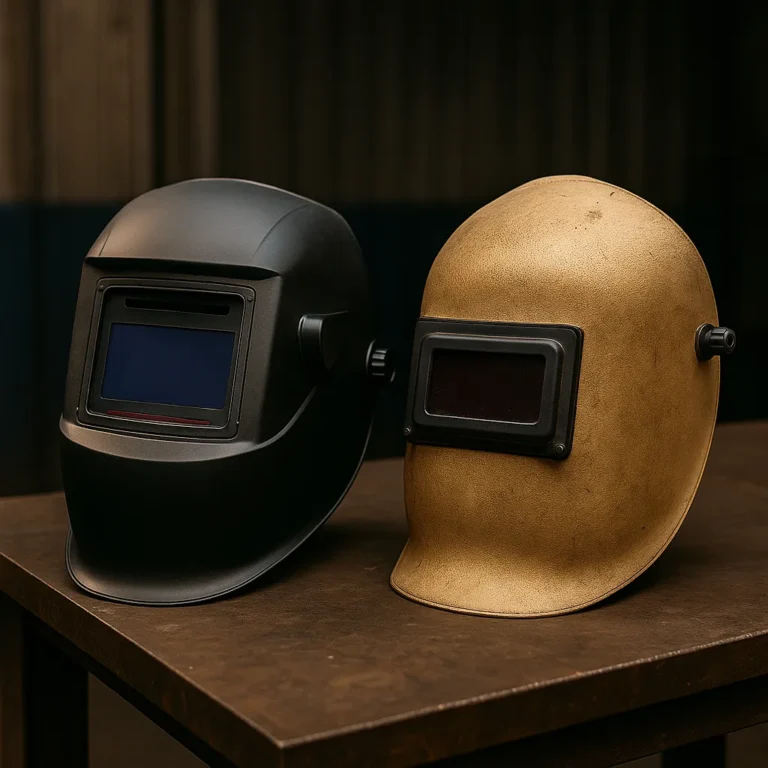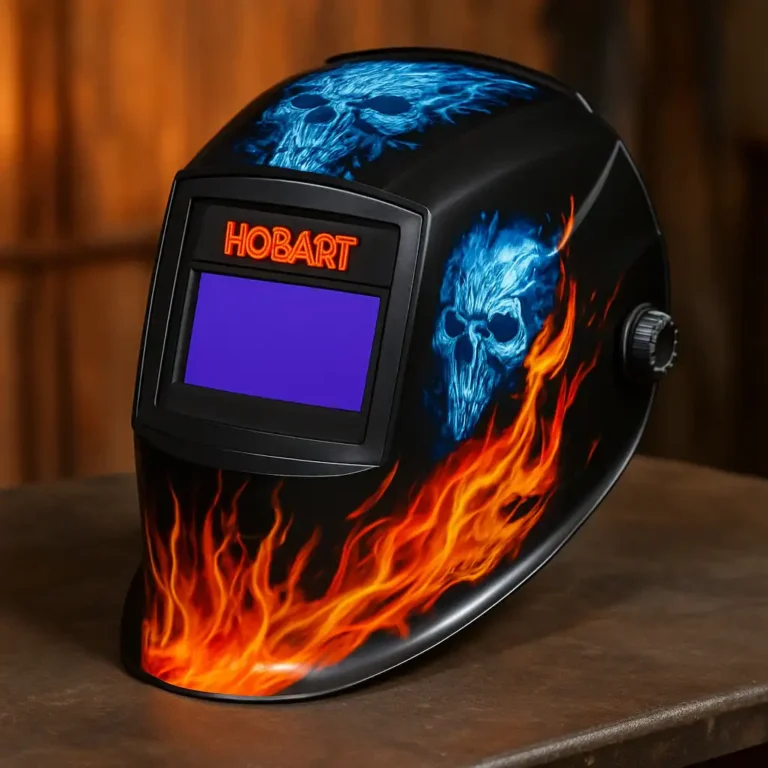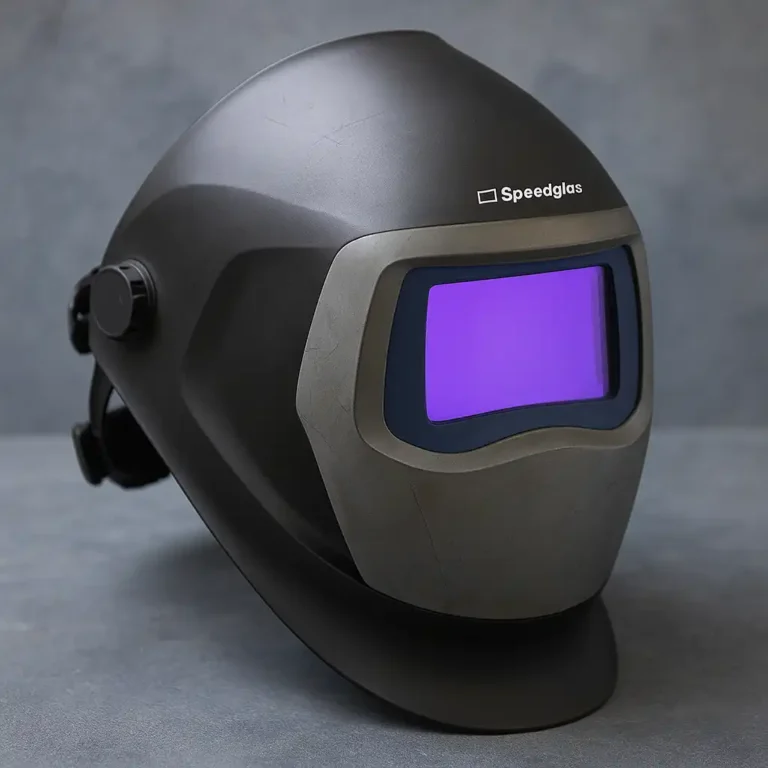Are Cheap Welding Helmets Safe – What Welders Need to Know

Disclosure: This post contains affiliate links. As an Amazon Associate, I earn from qualifying purchases—at no extra cost to you.
Last Updated: September 18, 2025
Every welder’s been there—staring at a bargain helmet and wondering if it’s worth the risk. Safety is always first in the shop, but comfort, clarity, and cost all play a part when you’re choosing gear.
👉 See our full guide to welding helmets for a breakdown of the top choices.
🔍 What Cheap Welding Helmets Really Mean
When welders talk about “cheap” helmets, they’re usually thinking under $50–$70. These can protect you from the basics, but corners get cut—thinner lenses, weak headgear, or slow auto-darkening. Knowing what you’re trading off helps avoid mistakes at the bench.
🔍 Why It Matters for Welders
Your helmet is your shield against flash and flying sparks. If it fails, your eyes take the hit. Even a single flash burn can throw you out of the shop for days. Cheap gear might save you cash upfront, but the wrong pick can cost you in downtime and health.
🔍 Common Misconceptions or Mistakes
One of the biggest myths is that all helmets meet the same safety standard. Many budget imports skip ANSI or CE testing. Another mistake is assuming “auto-darkening” means safe—on the low end, sensors can lag or fail if you’re out of position.
👉 Check out our guide on common welding helmet mistakes to avoid errors that compromise safety and visibility.
🔍 How to Choose or Use Them Safely
If you go with a cheaper lid, make sure it’s marked ANSI Z87.1 or CE EN379. That’s proof it’s actually been tested. Check the shade range matches your process, and replace outer lenses before they get too scratched. Store it clean, dry, and out of the way—little things that keep even a budget helmet working longer.
🔍 Cost, Safety, and Value
Cheap helmets can get a beginner through hobby MIG or stick projects. But if you’re running beads all day or dialing in TIG, you’ll want faster sensors, better optics, and solid headgear. Spending more upfront keeps you safer and usually saves money in the long run.
📌 Key Takeaways
- Cheap helmets can work if they’re certified and handled right
- Best for light-duty or learning, not for daily shop work
- Always double-check build quality and shade adjustment
🟢 FAQs
Q: Are all cheap welding helmets unsafe?
No. Some pass ANSI or CE standards, but quality varies a lot.
Q: Can I use a cheap helmet for TIG welding?
Not the best idea. TIG needs sensitivity and control most cheap helmets can’t deliver.
Q: What’s a safe budget pick for beginners?
Look for ANSI-certified auto-darkening with shade 9–13. It’s a decent entry point.
✅ Conclusion
So, are cheap welding helmets safe? They can be, but only if they meet real standards and you use them with care. For weekend welders, a budget helmet works fine. For everyday shop work, investing in a better lid is the smarter move for both safety and comfort.






